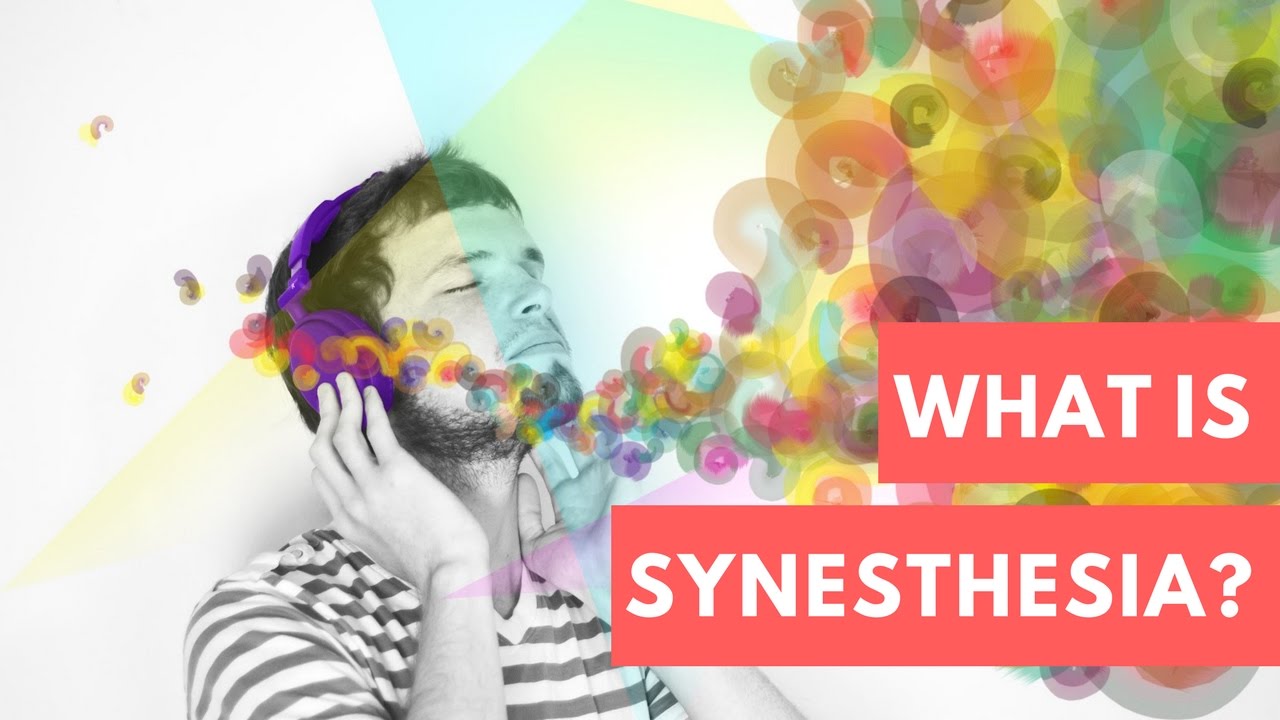Have you ever heard of Synesthesia? It is a neurological condition Where people can see sounds and hear colors.Synesthesia is a condition in which the brain is able to process data from different senses at once. This is because there is a cross-activation of neighboring areas of the brain that produce an experience of simultaneous perception.The word “Synesthesia” derives from the Greek and means “to perceive together”.
Example of Synesthesia
When people read something, most of them perceive the letters in black and white with their sense of sight. When they listen to a melody or a lecture, they only perceive the spoken words or the melody as such – beyond the sense of hearing. That’s the way it is for most of us. But there are also people who do not experience external stimuli through just one sensation. With them, the sounds of music have different colors and shapes or letters and numbers can be felt. People with this unusual ability are called “synaesthetes.”
Over 60 types of synaesthesia have been reported including:
- Grapheme-color Synesthesia: In which letters or numbers appear to be colored on the written page or displayed colored in the mind. This is the most common type of Synesthesia
- Tactile Synesthesia: physical sensations are associated with certain parts of the body
- lexical-gustatory Synesthesia: when you read a few words, you perceive specific tastes
- colored musical Synesthesia: In which one perceives music as colors in the air
- conceptual synesthesia: The person perceives abstract concepts, such as mathematical operations or time units, as forms projected internally or in the surrounding space.
The aspects of this condition are not yet fully understood but synaesthesia is thought to be genetic and more frequent in women. Mostly it is found in artists, writers and musicians.
How Do you Know that You Have Synesthesia Disorder
If you answer yes to any of these following questions, then probably you are Synesthesia Disorder
Do you see colors when you listen to music?
What words have a taste?
Do the sounds smell?
Do letters, numbers, days of the week have different colors?
Are such digital suites organized in space?
Do certain non-visual sensations, even emotions, have colors, shapes?
Do the numbers or letters have a personality, or at least a gender? .
Usually to identify people with synesthesia, consider whether:
- They live their perceptions involuntarily
- They project sensations outside the mind, for example they see colors floating in the air when they hear some sounds
- They have a perception that is the same every time
- They have a generic perception, for example in response to a certain smell they see a shape but not something more complex
- They are better reminiscent of secondary synaesthetic perception rather than primary perception
- They have emotional reactions, for example pleasant feelings, linked to their perceptions
Synesthesia, causes
The Synesthesia was studied for the first time in the nineteenth century but the real condition was Studied starting from 1970. Since then, many Neuroscientists have deepened its characteristics by proposing different theories on possible causes.
A small study of 17 participants published in the Journal of Neuroscience in 2016 found that people suffering from Synesthesia may have stronger mental associations between particular sounds. While in a survey conducted on 11 thousand university students it was seen that children who grew up listening and speaking two languages from a very young age are more likely to experience symptoms of Synesthesia than those who did not speak two languages .
Synesthesia helps to remember
In everyday life, synesthesia can create advantages, . You could use it for memory strategies, for example. The colors of the letters or numbers make it easier to retrieve stored information.But who can enjoy this colorful world? Research has shown that this is not imagination, but rather an ability that also creates a scientific stroke of luck, as scientists hope to gain new insights into the functioning of human consciousness. Indirectly, the study of this phenomenon can help to explain basic processes of information processing in the brain that scientists are still in the dark about today.


